Best Investing Apps for Beginners: Start Building Your Portfolio Today
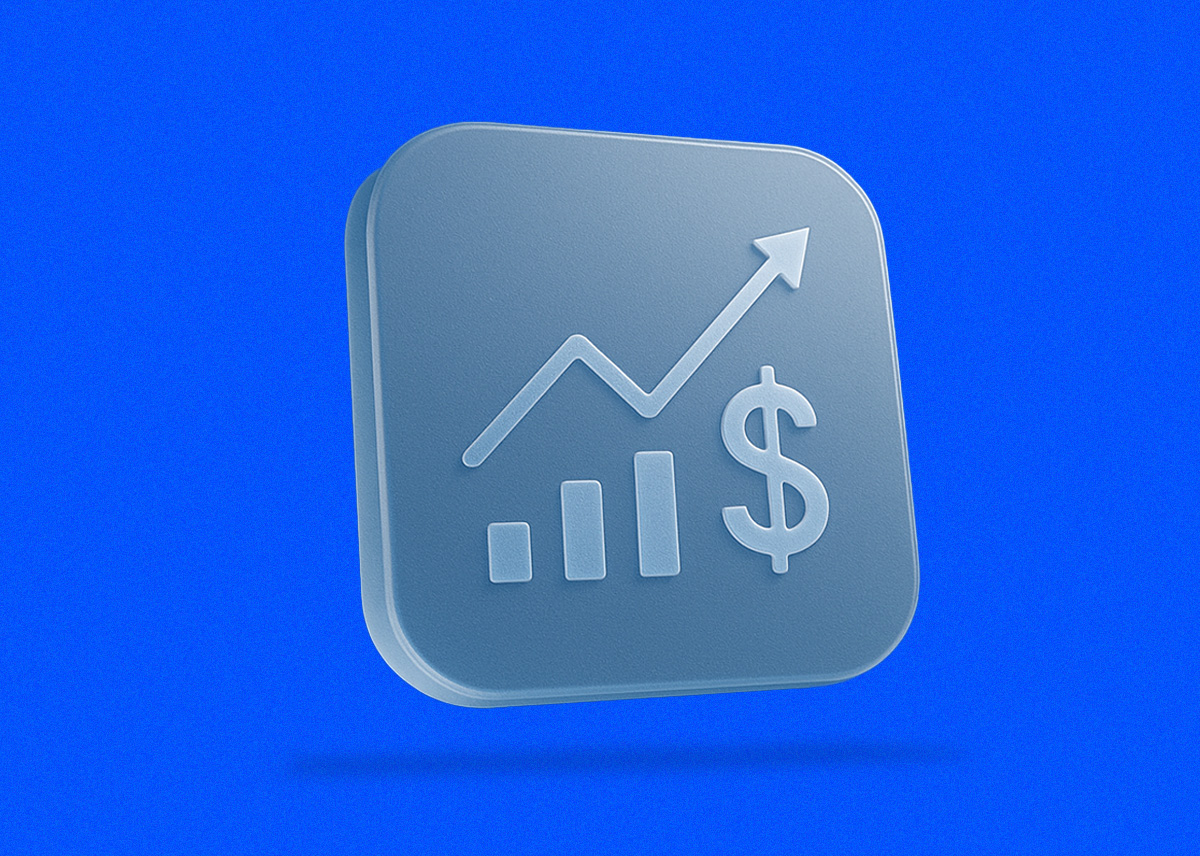
Our content is for informational purposes only and does not constitute financial, investment, or legal advice. Always consult a qualified professional before making financial decisions.
Anybody with a phone and a few dollars can use today’s investing apps as an easy way to enter the market. You don’t need an expensive advisor or Wall Street connections to access automated portfolios, fractional shares, and educational tools.
I, along with an experienced team of researchers, have explored the most popular investing apps available for beginners (from key features to minimum investments and pros/cons), creating this helpful guide for those who seek a straightforward investing journey.
Here are the latest picks based on real-time data.
How do investing apps work?
Investing apps connect beginners directly to financial markets, allowing them to buy and sell investments instantly. They offer you an introduction to investing and key features like:
- Automated investing. Robo advisors automatically invest your money in ETFs that track broad markets.
- Fractional shares. Investing apps allow you to buy small portions of expensive stocks (like Amazon or Tesla).
- Commission-free trading. It’s essential to understand that “free” doesn’t mean completely costless. Most systems earn revenue through spreads, premium subscriptions, or order-flow payments.
- In-app education. Resources such as how-to videos, beginner tutorials, in-app articles, and even simulators to practice investing.
It should be noted that some apps operate as CFD (contract for difference) brokers, while other solutions will give you ownership of real assets. CFDs allow speculation on price movements but don’t give you actual ownership. When investing long-term, you’ll want a broker that lets you hold real stocks, ETFs, and retirement accounts.
What investments can you buy?
Beginner-friendly investing apps typically offer access to multiple asset classes and investment accounts, enabling anyone to build a well-balanced portfolio. This includes investments like:
- Mutual funds. Professionally managed funds that pool your money, providing more diversification and active management for long-term growth.
- Stocks. Individual business shares that can significantly rise in value over time. They offer higher potential returns but also come with greater volatility.
- Bonds. Are considered safer than stocks, as they reduce portfolio risk and generate steady interest payments.
- Retirement accounts. Some apps support IRAs or 401(k) rollovers, helping beginners invest tax-efficiently and stay motivated toward long-term wealth building.
- ETFs (exchange-traded funds). These are bundled collections of stocks (or bonds) that trade like a single stock. This allows beginners to easily diversify without needing to choose every investment.
- Crypto. Digital money, like bitcoin or ether, can deliver significant gains, but they are highly speculative and prone to sharp price swings.
Best 5 investing apps for beginners – our detailed list
After thorough research, here are the best 5 investing apps for beginners my team and I discovered:
SoFi Invest – best for all-in-one user experience
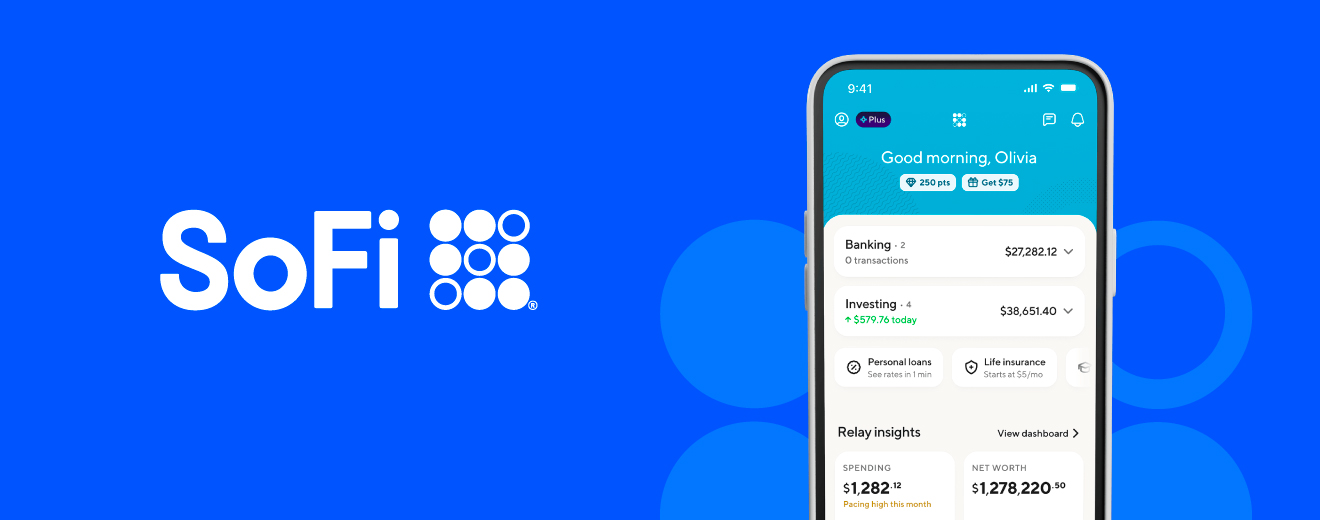
| Minimum investment | $50 |
| Management fee | 0.25% |
| Account minimum | $50 |
| Best for | Beginners who want a universal tool |
Why we picked it:
SoFi Invest combines multiple financial tasks into a single platform, including investing, banking, and credit card management. The system utilizes your goals and risk tolerance to automatically create and manage a diversified portfolio of ETFs. For beginners, this consolidation means fewer apps to follow and a smoother experience. You can also schedule a free 30-minute consultation with a live financial advisor.
Public – best for social investing
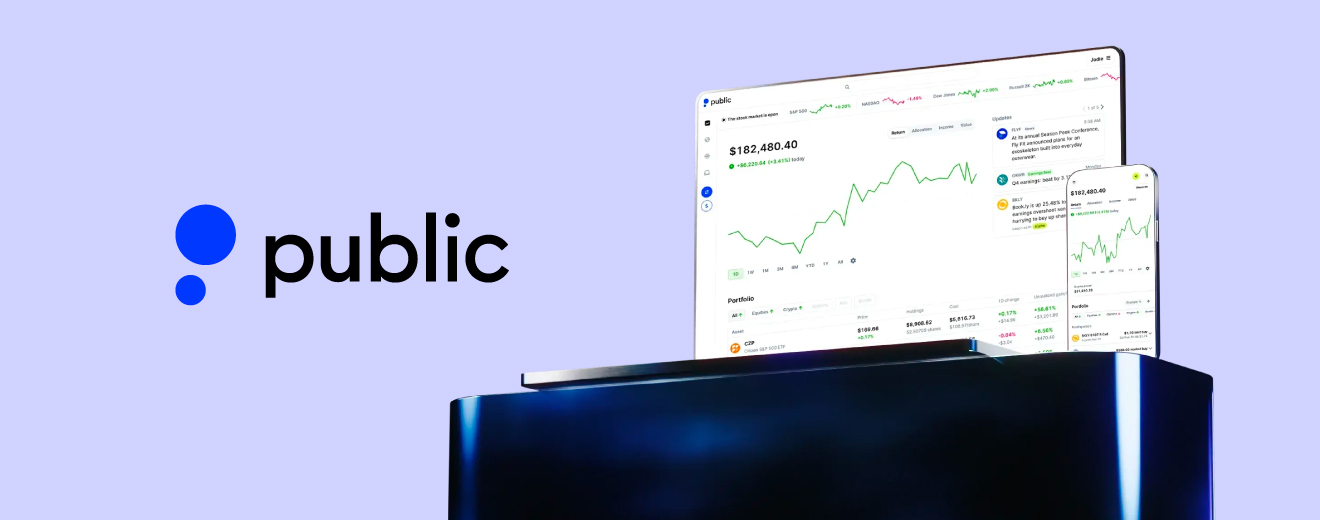
| Minimum investment | $5 |
| Management fee | $0 |
| Account minimum | $0 ($3.99/mo for accounts under $70 after 6 months of inactivity) |
| Best for | Beginners looking to learn from a community |
Why we picked it:
Public is a platform designed for the social investor, taking the fear out of finance by making it interactive. Rather than feeling isolated, beginners can see what others are buying, ask pointed questions, and follow experienced investors. This can be motivating for first-time investors who want to learn in real-time through community engagement.
Robinhood – best for instant trading
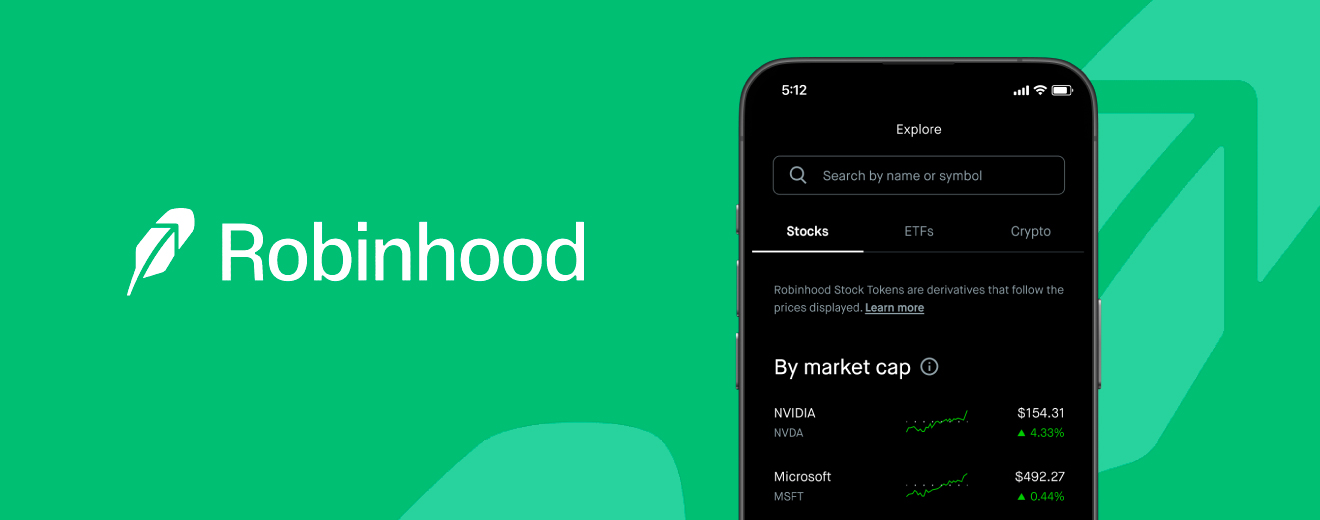
| Minimum investment | $50 |
| Management fee | 0.25% |
| Account minimum | $0 |
| Best for | Beginners who want to get started immediately |
Why we picked it:
Robinhood offers a simple user interface and instant deposits, making it an appealing option for beginners who want to get started quickly. It’s an excellent platform for learning the basics of active investing, offering Robinhood Strategies for a more automated approach. This tool provides you with deeper market insights, access to experts, and adjusted earnings through Monte Carlo simulations. It also has a low annual management fee and works to minimize taxable gains.
Betterment – best for tax efficiency tools
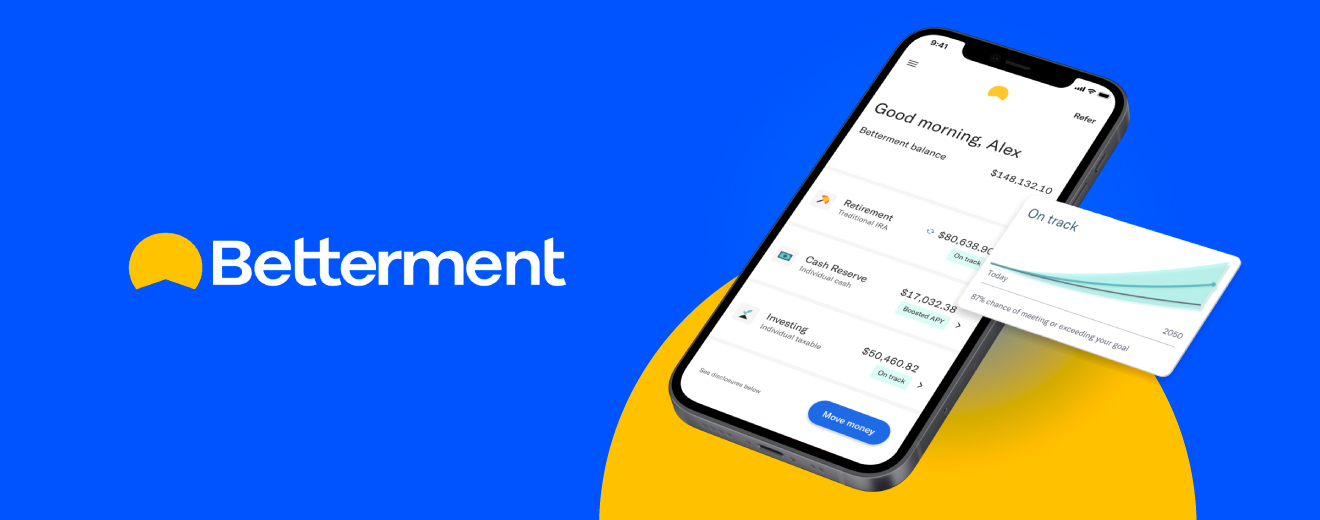
| Minimum investment | $10 |
| Management fee | 0.25% |
| Account minimum | $0 |
| Best for | Beginners seeking a hands-off approach with tax harvesting |
Why we picked it:
Betterment may be a great investing tool for beginners who prefer a hands-off approach and want to consistently trade without actively choosing stocks. The automated system builds a diversified portfolio that’s customized based on your goals and risk tolerance. The tax-efficient tool will rebalance investments and reinvest dividends based on your clearly stated objectives.
Fidelity – best for reliability and support
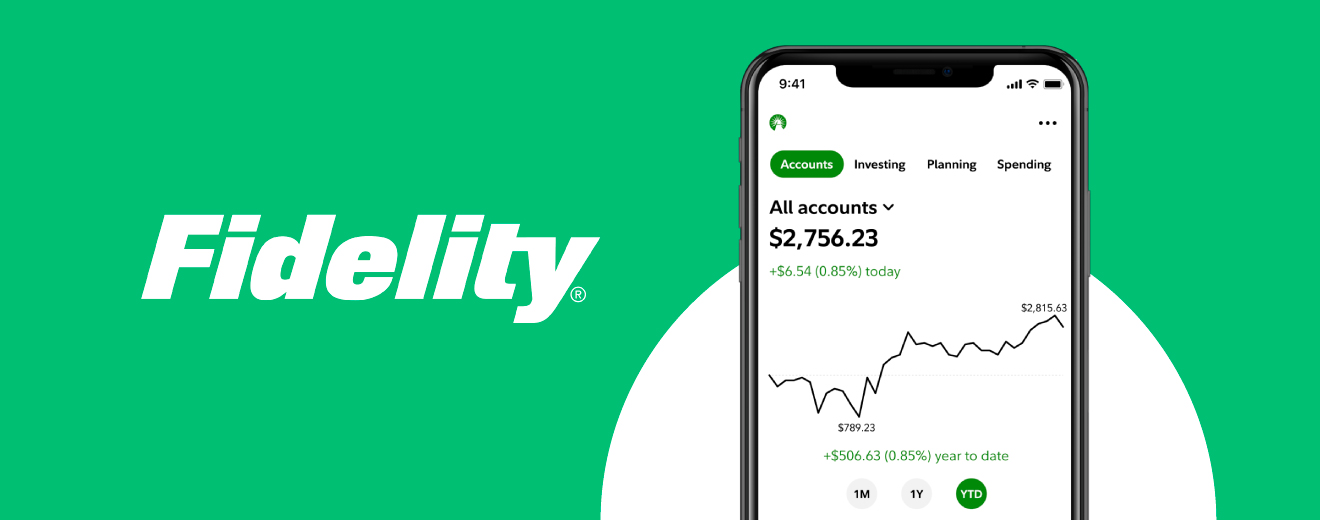
| Minimum investment | $10 |
| Management fee | $0 (0.35% for accounts over 25k) |
| Account minimum | $0 |
| Best for | Best for brand trust and thought leadership |
Why we picked it:
Beginners are often seeking trust, especially when it comes to their hard-earned money. This is why many may choose Fidelity. It’s a household name and offers decades of experience helping amateur investors learn to trade. While it’s slightly more complex than ultra-simple apps, it’s unmatched in educational content and customer support. It’s a great solution for those seeking a strong foundation for investing with room to grow.
5 investing apps for beginners compared
Before diving into individual reviews, it helps to see the differences side by side.
| App | Monthly fee | Commissions | Minimum balance to start | Best for |
| SoFi | $0 | $0.25% | $50 | All-in-one beginners |
| Public | $0 | $0 | $5 | Social learning |
| Robinhood | $0 | $0.25% | $50 | Active beginners |
| Betterment | $4/month (up to $20k) | $0.25% | $10 | Hands-off investors |
| Fidelity | $0 | $0 (or $0.35% for accounts 25k+) | $10 | Traditional beginners |
Advantages and disadvantages of investing apps
Advantages
A significant benefit of investing apps is the convenience of remotely managing your portfolio. This accessibility enables you to quickly invest, without the need for a financial advisor or a traditional brokerage account.
Many apps also advertise no or low commissions. This reduces costs compared to legacy brokers, who generally charge per trade. Another benefit is fractional share investing. This lowers the barrier to entry by allowing people to buy small portions of expensive stocks. Finally, many beginner-friendly investment apps include built-in educational resources, tutorials, and simulators to educate people while they invest.
Disadvantages
However, investing apps are not without drawbacks. Their ease of use can lead to frequent trading and emotional decisions, especially with volatile markets. Some apps will also limit your investment choices, offering only certain stocks or ETFs instead of the full range of assets.
Another disadvantage is that the “no commission” concept can be misleading. While “no-commission” trading sounds appealing, costs are often hidden in spreads, premium subscriptions, or payment-for-order-flow arrangements. This makes it crucial to research and carefully understand the features you intend to pay for.
Editorial disclaimer: All investors are advised to conduct their own independent research into investment strategies before making an investment decision. Past performance is not indicative of future results.
How to choose the best investing app for beginners
When deciding which investment app is right for you, it’s important to evaluate several key factors:
- Ease of use. An easy, intuitive design makes investing more engaging and less intimidating. Look for apps that make it effortless to navigate and track your portfolio.
- Commissions and fees. Many systems promote “commission-free” trading, but there are often hidden costs. Some apps will generate revenue through spreads, subscription tiers, or payment-for-order-flow, which affect returns over time. Always read the fine print to thoroughly understand the total cost of investing.
- Minimum deposits. If you’re just getting started, flexibility matters. Some solutions allow a minimum deposit for as little as $1, which lowers the barrier to entry. Others may require $50 or more to open an account, making them less accessible to beginners.
- Available asset types. Consider what kinds of assets you want to invest in. Stocks and ETFs are the most common investment options, but some apps also offer crypto, bonds, mutual funds, and retirement accounts. The bigger the selection, the easier it is to diversify.
- Educational resources. Look for a system that offers wide access to educational materials, like tutorials, webinars, and community features, to accelerate your learning curve. Beginners benefit from apps that provide guidance, not just trading tools.
- Customer support. Strong customer service with real human assistance is critical, especially when managing important financial assets.
How to start investing through an investing app
Getting started with an investment app is a relatively straightforward process. Here are a few steps to follow:
- Download and install your chosen appBegin by selecting a solution that best aligns with your goals, and install it on your mobile device. Most apps are free to download.
- Create an account and verify your identity Regulations require that any online brokerage you choose confirm your identity. This typically involves providing a photo ID and answering a few questions.
- Link your bank account and/or deposit fundsOnce your ID has been verified, connect a bank account for transfers or directly deposit money. Many systems will allow small amounts to get started, like $1.
- Select your investmentsFirst-time investors can choose a single stock, a diversified ETF, or let the app build an automated portfolio based on stated goals.
- Continuously monitor accountsRegularly check in with your portfolio to reinvest dividends and continue adding funds as needed. Consistency is typically the real driver of long-term investment success.
Tips for successful investing via apps
Beginning with a simple investing app is easy, but achieving long-term success requires discipline and a strategic approach. Here are a few practical tips to consider when making your first trade:
- Remain consistent. Even using small amounts. Regular contributions (often called dollar-cost averaging) smooth out market spikes. Even $20 to $50 a week adds up quickly.
- Diversify your portfolio. Don’t rely on a single sector or stock. Spread your money across bonds, ETFs, and different industries to build stability and reduce risk.
- Use educational tools. Most investing apps offer beginners a ton of resources, like tutorials, guides, and even networking with communities. This helps you better understand the market and gain confidence as an investor.
- Avoid emotional decisions. Although tempting to react to market swings, panic-selling during a dip, or chasing a “hot stock” will hurt your long-term goals. Focus on strategy over short-term noise.
Things to avoid when getting started investing
While investing apps make it simple to get started, be mindful of common pitfalls that can derail your progress, such as:
- Chasing risky trends. It can be tempting to jump on the latest meme stock or trending crypto, but these are typically highly volatile and speculative (for good reason). Instead, focus on long-term, diversified investments that are spread out.
- Investing money you don’t have. Keep your emergency savings separate from your investing account. Using money that you need for rent, bills, or essentials will create unnecessary stress and risk. You won’t be investing with a sound mind.
- Panic-selling. It may be a knee-jerk reaction to sell in a downturn, but that often locks in losses. Staying invested allows you to benefit when prices recover.
- Using margin too early. Borrowing to invest will multiply both gains and losses. For beginners, it’s safer to avoid leverage until you have more experience and a stronger strategy.
How did we select the best investing apps for beginners
When building this guide, the team and I deeply considered all the features and tools that would be important to beginners. Putting ourselves in the shoes of those just starting, we reviewed dozens of investing apps and narrowed the list based on several key factors.
First, we examined the accessibility of beginner-friendly features, like fractional shares and automated investing. We also compared factors like:
- Costs (prioritizing those with low or no commissions)
- Barriers to entry
- Range of available investments
- User reviews and app ratings
- Ease of use
- Educational tools
We sought to gauge real-world experiences, also taking into account brand reputation and trustworthiness. All of this helps to ensure reliability and safety for new investors looking to build their first portfolio.
Bottom line
Investing apps have opened the doors to wealth building for beginners, removing many traditional barriers. Whether you want tax efficiency with Betterment, social learning with Public, or the all-in-one financial experience of SoFi, there’s a beginner-friendly option developed just for you.
From our analysis, SoFi Invest stands out as the best overall pick thanks to its blend of long-term planning, simple dashboard, and integration with other financial tools. You can easily perform all your financial duties in one spot.
It’s also worth noting that the right app ultimately depends on your goals and style. This includes factors like whether you're an active trader, hands-off investor, or learn best through a community.
Whatever you choose, remember to start small, stay consistent, and let time work in your favor.
FAQ
Do investing apps charge hidden fees?
Many investing apps will advertise “no commissions” or “commission-free,” however, that doesn’t mean they’re entirely free. Hidden costs are often built into spreads, payment-for-order-flow arrangements, and premium subscription tiers. Fees can also be applied to services like wire transfers. Always review a solution’s fee disclosure (the fine print) to best understand where costs may apply.
Which investing app is safest for beginners?
Fidelity is widely regarded as one of the safest due to its long history and regulatory oversight. These accounts are also protected by SIPC insurance, which safeguards securities in the event that the brokerage fails. While newer apps can be safe too, beginners may feel more comfortable with an established household name.
Are investing apps good for retirement savings?
Yes, many apps will support IRAs, Roth IRAs, or 401(k) rollovers. This makes them practical tools for retirement planning. Robo advisors (like Betterment) or traditional brokers (like Fidelity) offer custom retirement accounts with tax-advantaged growth. The key is selecting a program that provides retirement-specific features, not just short-term trading.
What is the easiest investing app to learn how to invest?
Public is often considered the easiest for beginners due to its simple design, social investing community, and clear educational advantages. Users can follow advanced investors, ask questions, and access helpful content. This hands-on, community-driven strategy makes learning to invest more engaging (and less intimidating).






Your email address will not be published. Required fields are markedmarked